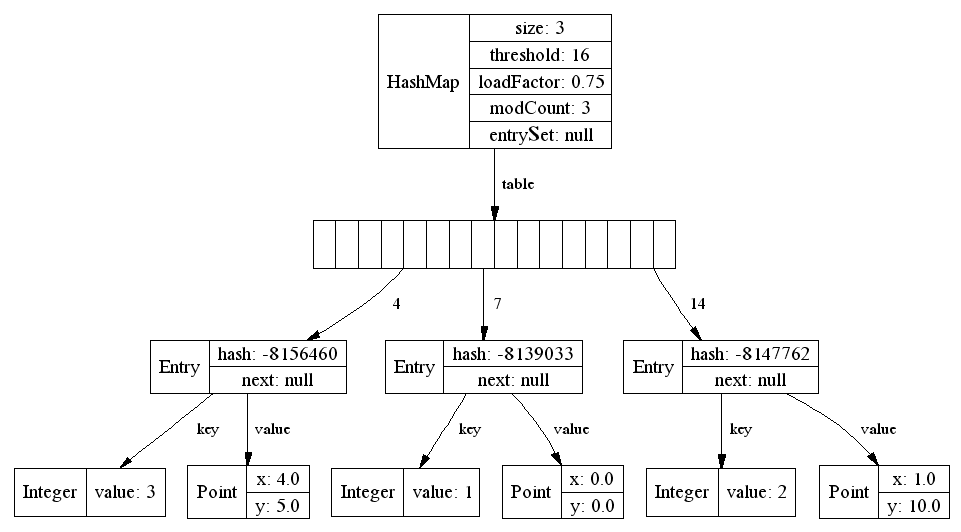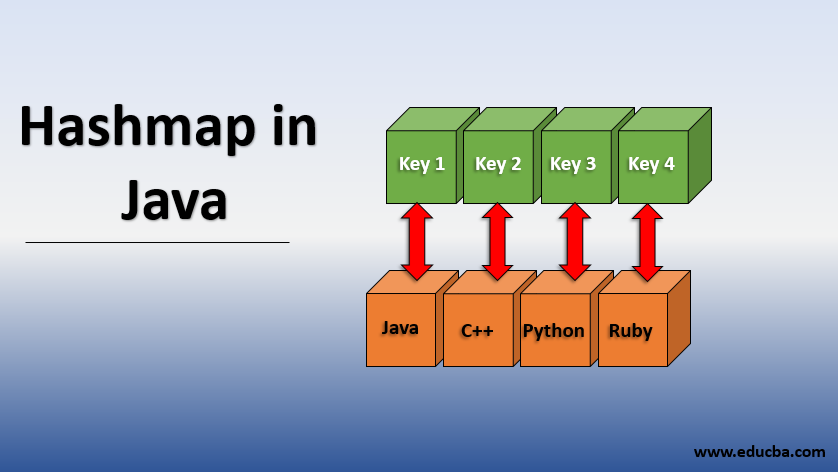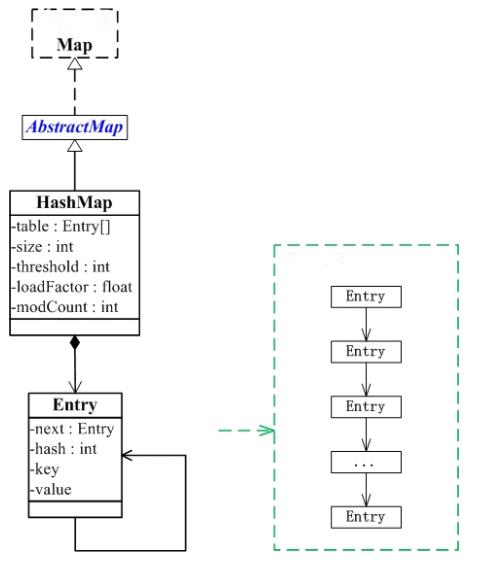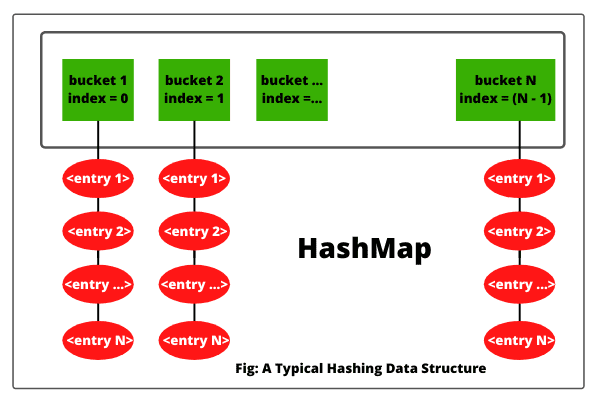Map Hashmap. The advantage of this kind of initialization is that the map is mutable, but it will only work. If you declare it as HashMap<String, Object>, you have to change your contract if you want to change the underlying implementation. The Map is an interface in Java used to map the key-pair values. The order of a map is defined as the order in which the iterators on the map's collection views return their elements. The advantage to using Map<String, Object> is that you can change the underlying object to be a different kind of map without breaking your contract with any code that's using it. It is used to insert, update, remove the elements. The Map interface can only be used with an implementing class. One might ask why not simply add the value to a list.
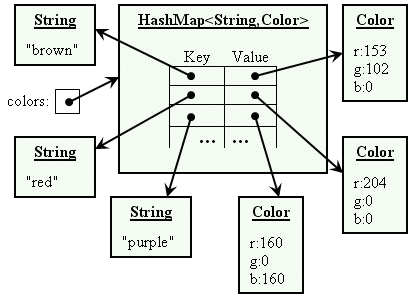
Map Hashmap. Java HashMap may have one null key and multiple null values. Java HashMap contains values based on the key. It is a highly efficient and widely used class in the Java universe, using a technique called hashing to store and retrieve key-value pairs with lightning-fast speed. It is a collection that enables the conversion of distinctive keys to values. Java HashMap contains only unique keys. Map Hashmap.
In order to create a hash map, we must import the java.util.
Overview The difference between Map and HashMap is that the first one is an interface, and the second is an implementation.
Map Hashmap. One might ask why not simply add the value to a list. The Map interface can only be used with an implementing class. If you declare it as HashMap<String, Object>, you have to change your contract if you want to change the underlying implementation. Java HashMap is similar to HashTable, but it is unsynchronized. Find local businesses, view maps and get driving directions in Google Maps.
Map Hashmap.

